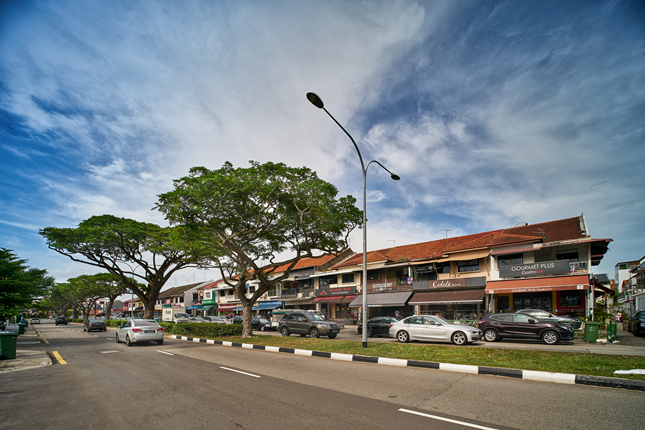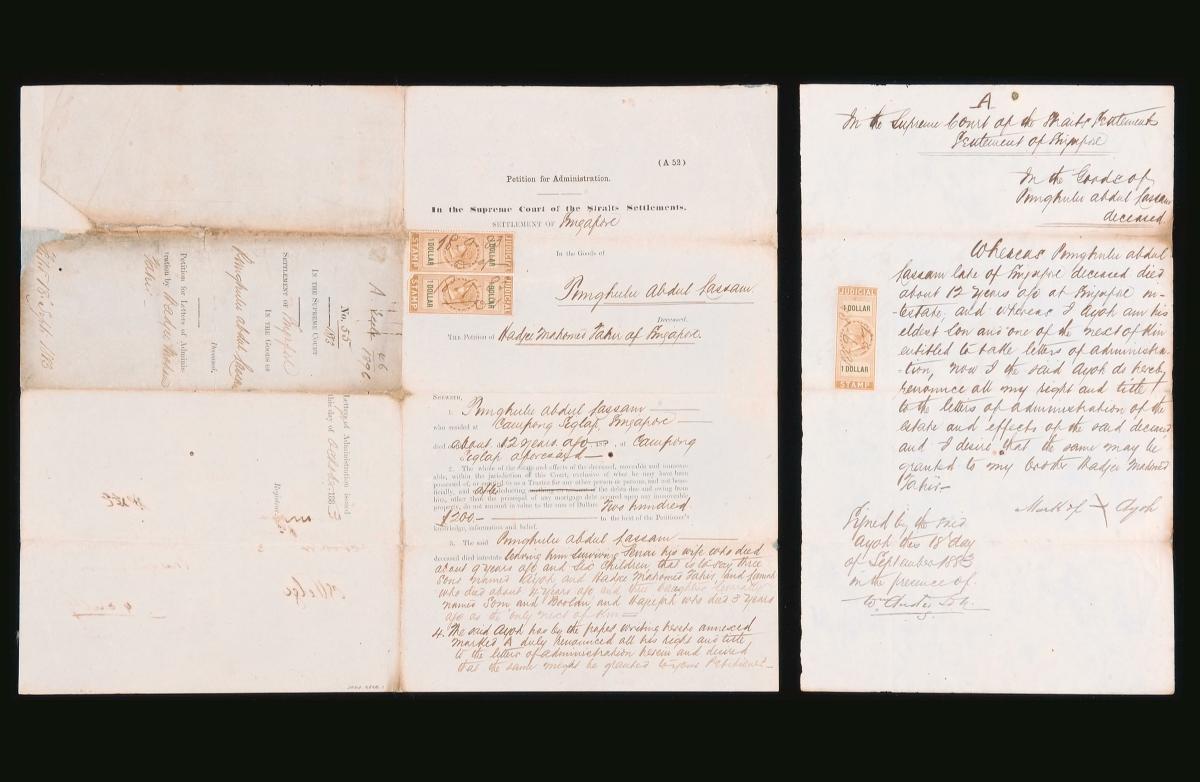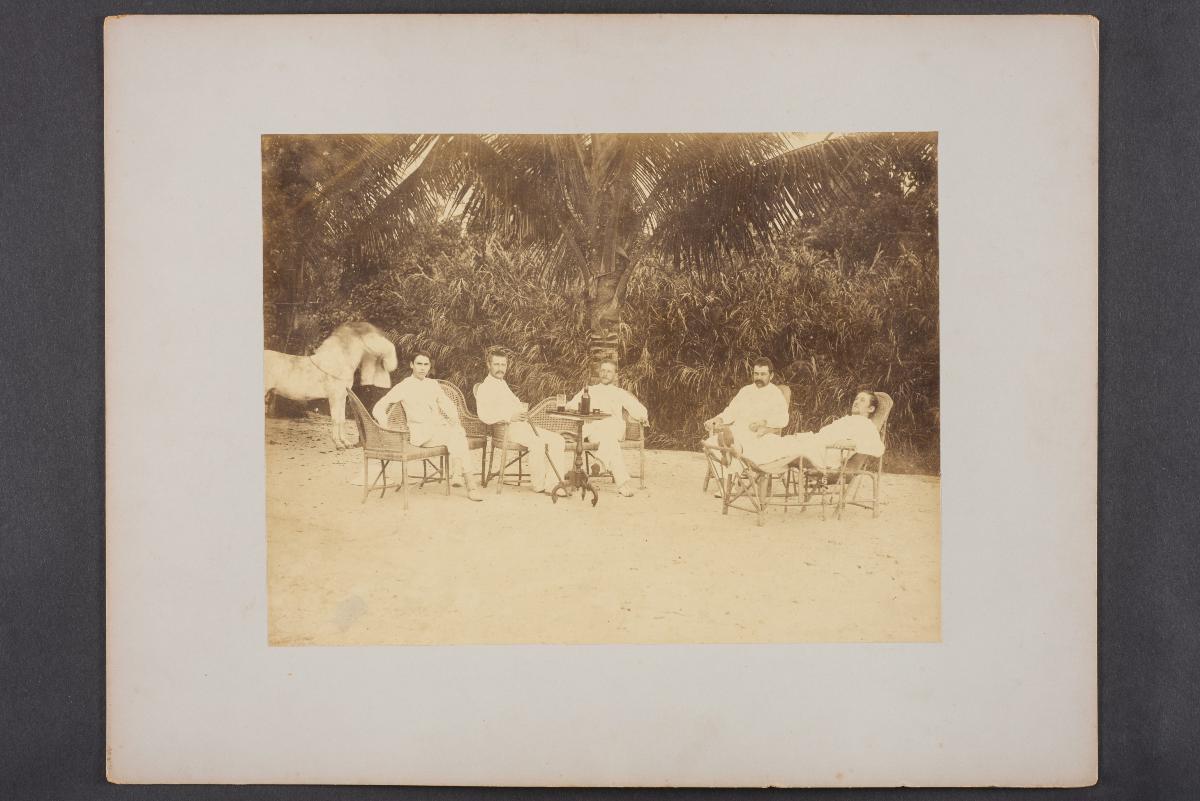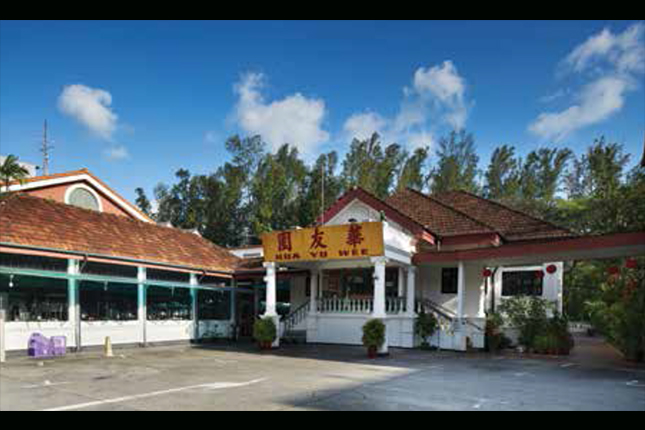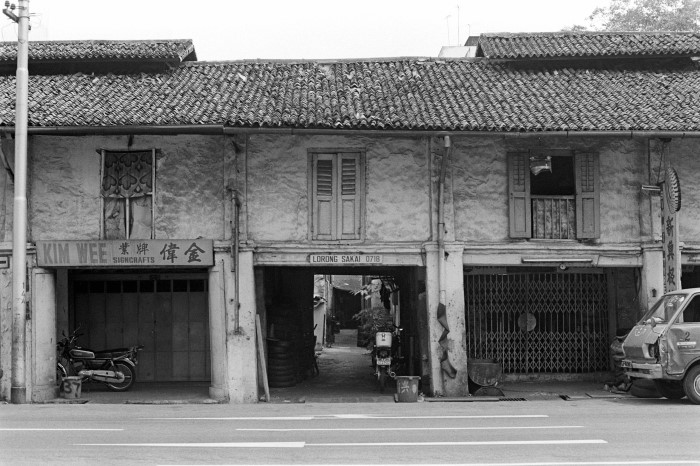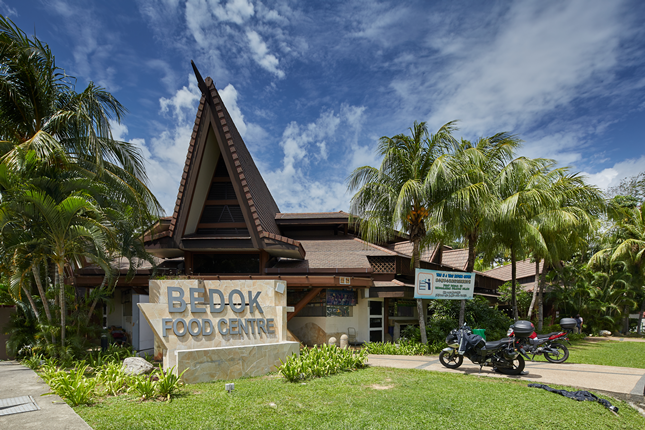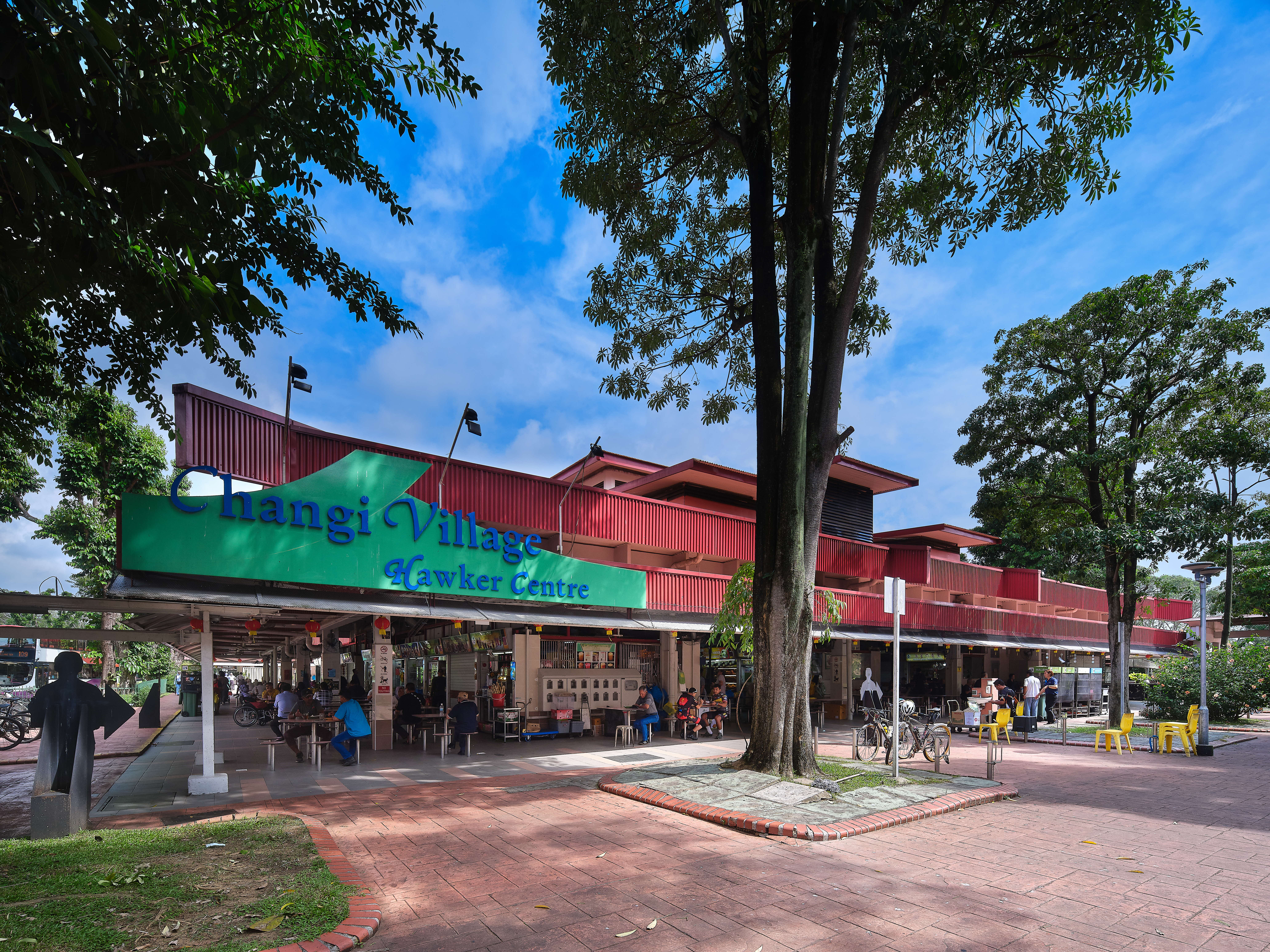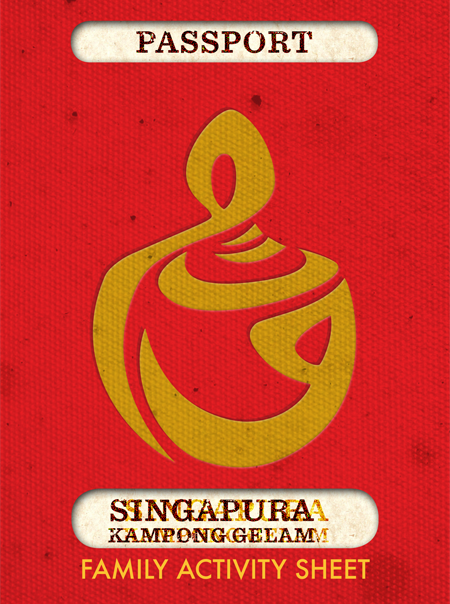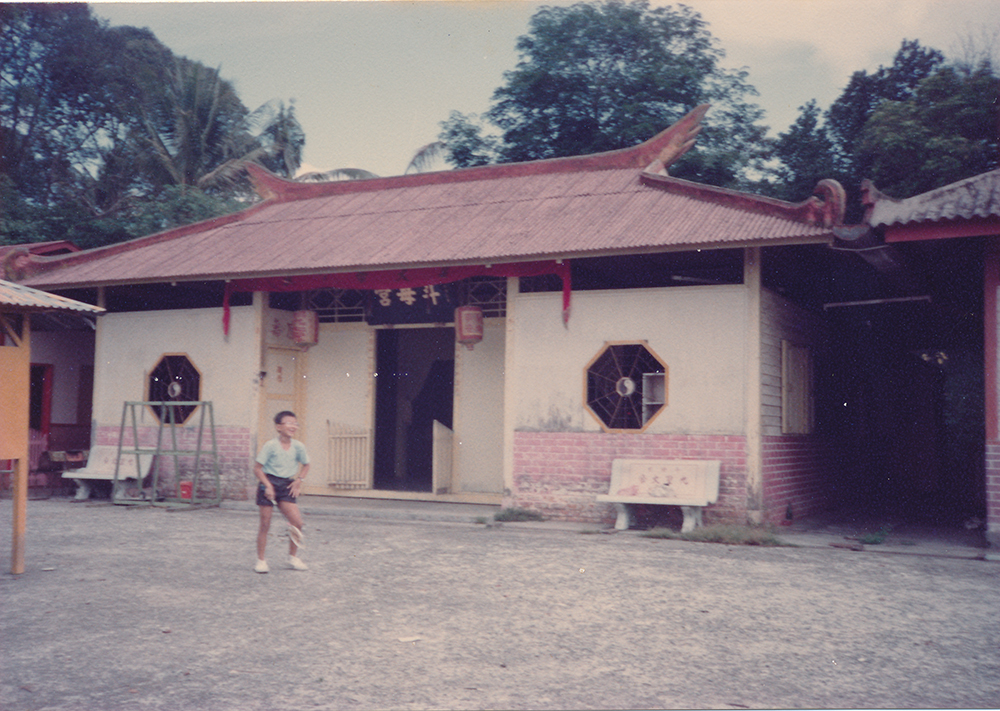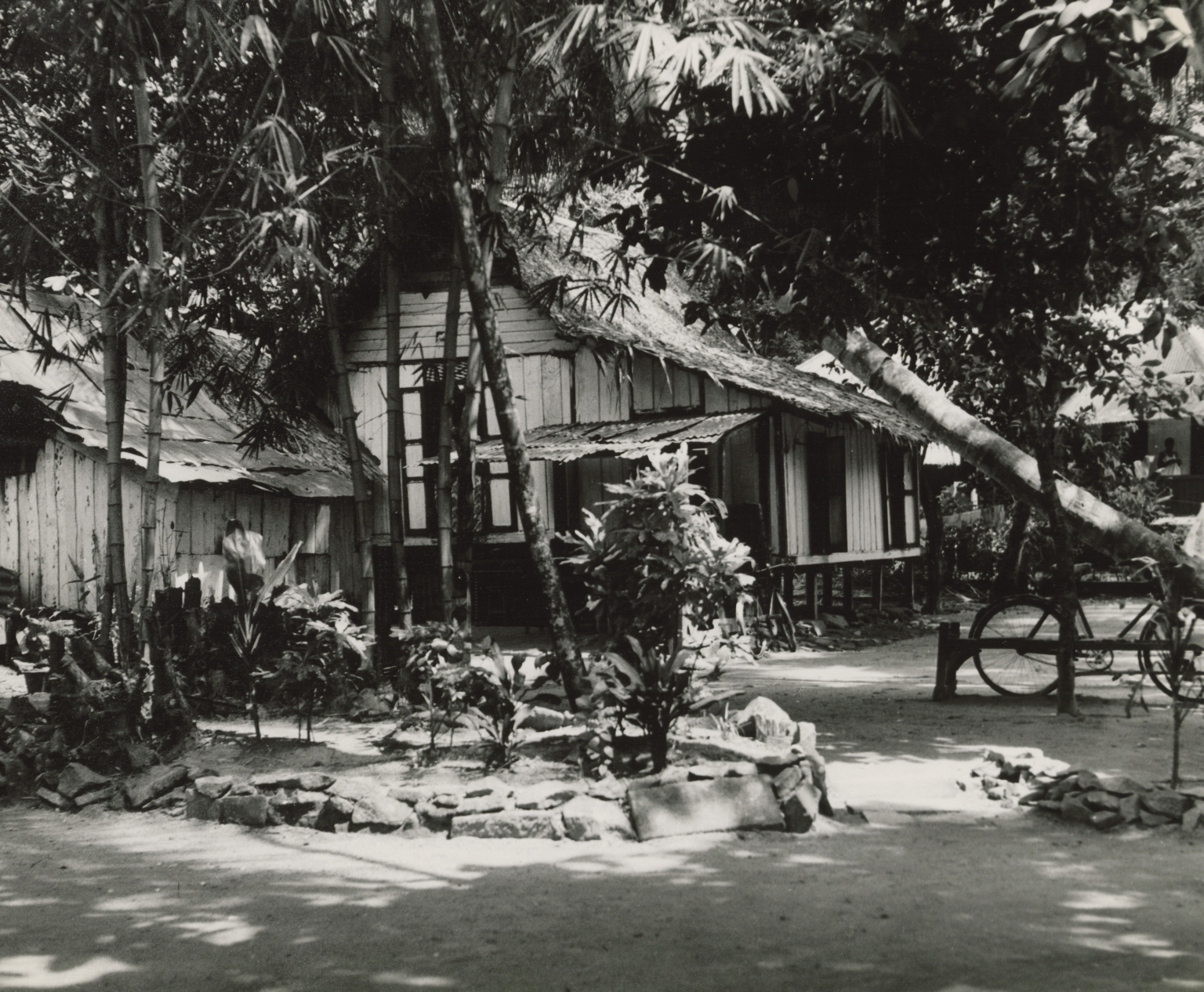Between the early 19th century and the 1980s, the fishing villages of Kampong Siglap, Kampong Lim Choo, Kampong Goh Choo and Kampong Hajijah stood along the former coastline where the housing estate of Siglap is today. Siglap is derived from the Malay word si-gelap meaning “dark one” or "the darkness that conceals". It is believed that Siglap was so named either because of a solar eclipse at the time of the village’s founding in 1821, or in reference to the thick canopy of coconut trees in the area that let little sunlight through.
There are different accounts about the founding of Kampong Siglap, which was most likely established in the 19th century. One oral history account claims that Tok Lasam, a prince from Minangkabau in Sumatra founded Kampong Siglap in 1809 while another dates its founding to the mid-17th century. Today, the graves of Penghulu (“chieftain” in Malay) Tok Lasam, his wife and his Panglima (“commander-in-chief” in Malay) stand at the end of Jalan Sempadan (“border street” in Malay) and are marked with yellow cloth that denotes royalty.
To the east of Kampong Siglap were Kampong Goh Choo and Kampong Hajijah. The villagers in Kampong Goh Choo comprised mainly Hokkiens and Hainanese from Cheow Huan province in China while the villagers in Kampong Hajijah comprised both Malays and Chinese. The latter was named after Madam Hajijah binte Jumat who owned much of the land in the village and funded the construction of a mosque in the nearby Kampong Siglap.
Most village residents lived off the sea, catching local fish such as selar, parang and tengirri (“scad”, “wolf herring” and “mackerel” respectively in Malay), crabs, sotong (“squid” in Malay) and prawns for sale or sustenance. However, the gradual decline of the fishing industry and the transformation of the shoreline through land reclamation resulted in fewer than a hundred fishermen in all four kampongs by the 1970s. Many residents eventually became small traders or labourers, thereby changing the economic landscape of Bedok and the East Coast.
The neighbouring Frankel Estate consisted mainly of coconut and nutmeg plantations in the 1800s before the land was sold to Abraham Frankel in 1912. Prominent Jewish entrepreneurs involved in the textile and furniture industries, the Frankel family were also known for their philanthropy. The estate was later sold in 1946 to the Loke family, who developed a studio for Cathay-Keris films here. The Frankels also developed nearby Opera Estate, which bears road names inspired by European operas including Aida, Carmen and Fidelio, and Malay operas such as Jula Juli Bintang Tiga. It was also home to Singapore's first President Yusof bin Ishak.




